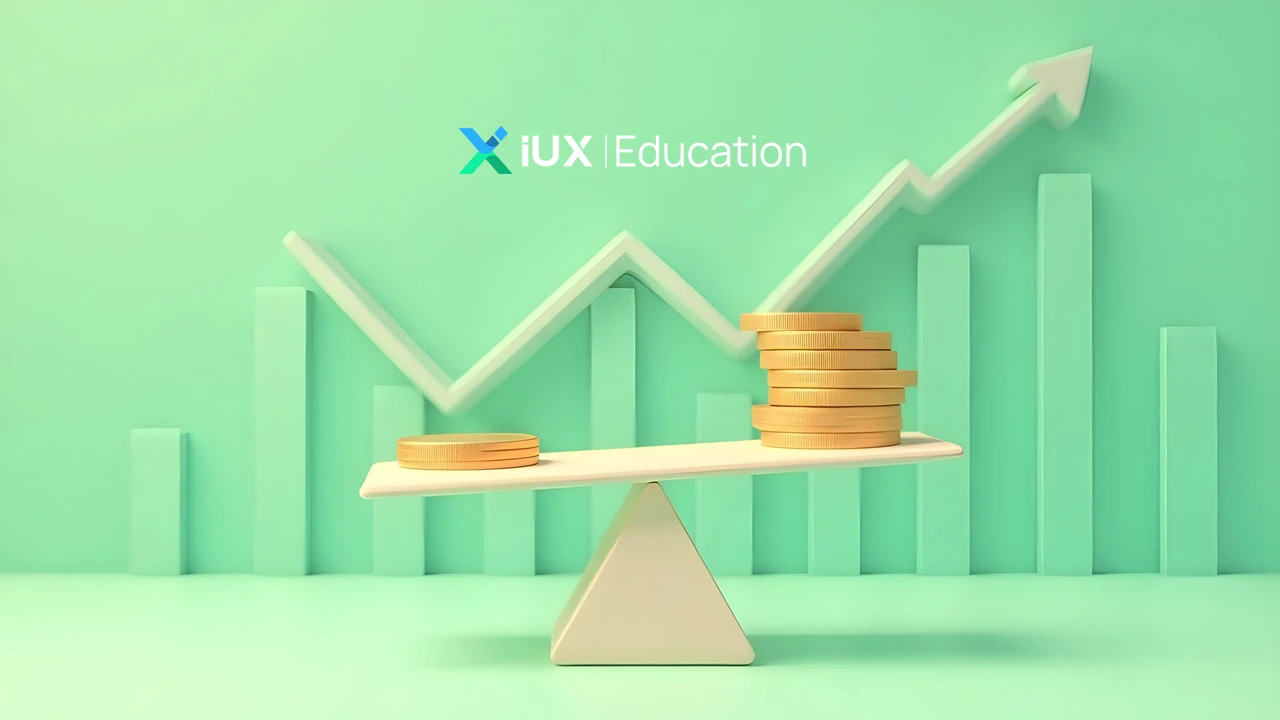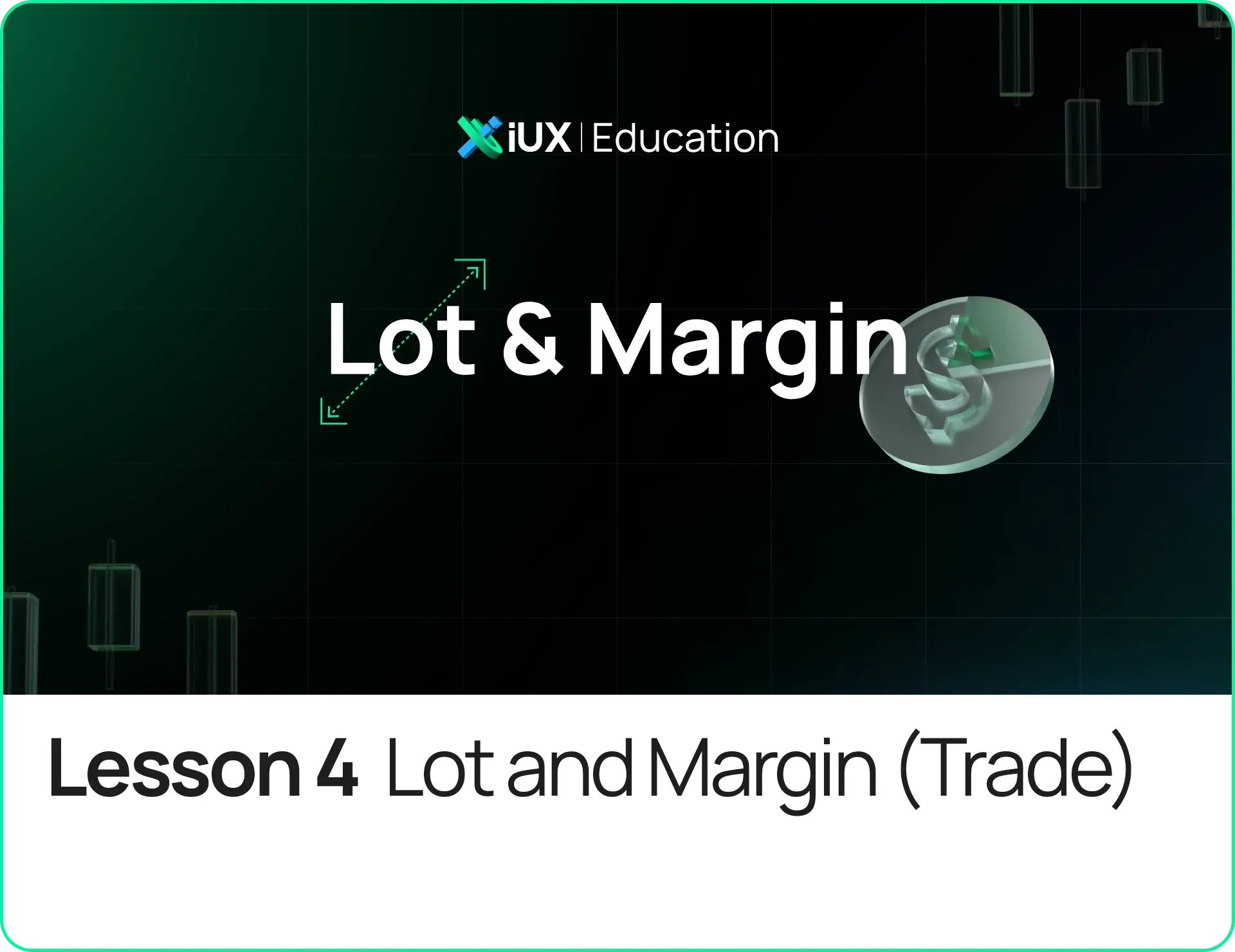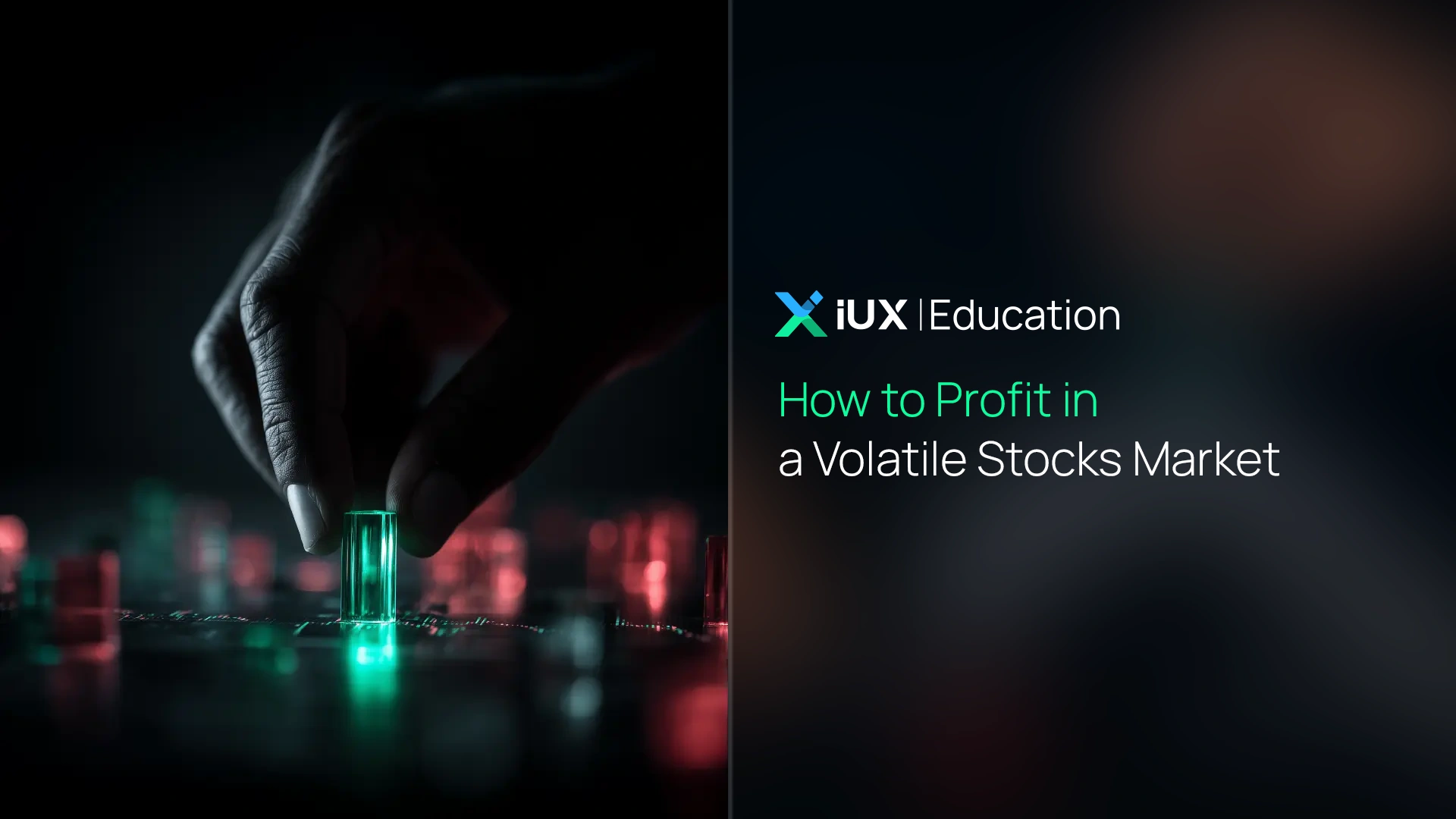CFDs are complex instruments and come with a high risk of losing money rapidly due to leverage. 76% of retail investor accounts lose money when trading CFDs with this provider. You should consider whether you understand how CFDs work and whether you can afford to take the high risk of losing your money.
CFDs are complex instruments and come with a high risk of losing money rapidly due to leverage. 76% of retail investor accounts lose money when trading CFDs with this provider. You should consider whether you understand how CFDs work and whether you can afford to take the high risk of losing your money.

Understand Margin Before You Trade
What is Margin in the World of Trading?
In trading, whether it's Forex, stocks, or cryptocurrencies, margin is the collateral you must deposit with a broker to open trades that are larger than your actual capital. Margin is a crucial component that enables you to utilize leverage.
Leverage allows you to trade with a significantly larger amount of money by putting up only a small portion of your own capital. Simply put, margin is like placing a deposit to "borrow" funds from your broker for trading, thereby enhancing your potential for profit.
Types of Margin Traders Should Know
Understanding the different types of margin will help you manage risk effectively. Generally, there are three main types:
- Used Margin: This is the money currently locked up as collateral for your open orders.
- Free Margin: This is the remaining money in your account not yet used as collateral. You can use it to open additional orders.
- Margin Level: This percentage indicates the risk level of your account. It's calculated as (Equity / Used Margin) × 100. A higher percentage signifies a safer account.
-
- More than 100%: The account is relatively safe.
-
- Less than 100%: The account is at high risk and may be subject to forced order closure (Stop Out). 1
Read more in the article: The Relationship of Margin and Leverage
How to Calculate Margin for Opening a Trade
Using margin to open a trade isn't complicated; you just need to understand the calculation.
Here's an example: If you want to sell 100 shares of ABC stock at $10 per share, the total value of your order is $1,000. If your broker offers a leverage ratio of 1:100 (which means you'll need to use 1% margin), here's how it breaks down:
Margin required: $1,000 × 0.01 = $10
So, you'll need $10 in Used Margin to open this particular order.
What is a Margin Call? Why Does It Happen?
A Margin Call is a notification from your broker when your Equity (the total capital in your account) falls below a predetermined level. This typically occurs when your open orders are consistently losing money or when you've opened too many orders, leaving you with low Free Margin.
If you receive a Margin Call, your broker is warning you to either deposit more funds or close some of your orders to avoid an automatic forced liquidation (Stop Out), which could lead to substantial losses.2
Articles you might be interested in:
How to Calculate Margin When Opening a Forex Order
Margin Call and Stop Out: Risks Every Trader Must Handle
How to Manage and Mitigate Risk When Using Margin
Using margin is a double-edged sword. It boosts your profit potential but also comes with significant risk if the price doesn't move as you expect. However, profiting from margin and leverage isn't difficult if you manage it correctly.
Here are some techniques to use margin safely:
- Choose appropriate leverage: If you're new to this, start with lower leverage ratios, like 1:30 or 1:50.
- Determine a suitable order size: Don't open orders that are too large relative to your capital.
- Always use a Stop Loss: This is crucial for limiting potential losses.
- Monitor your Margin Level: Regularly check your account status.
- Implement strong Risk Management: Diversify your investments and never trade more than you can comfortably afford to lose.
How Do Margin and Leverage Differ?
Margin and leverage are distinct concepts, yet they always appear together in trading.
- Leverage is the "purchasing power" your broker grants you, allowing you to control high-value trades with a smaller investment. For instance, a 1:500 leverage means $1 of your capital can control $500 worth of trade.
- Margin is the "collateral" or the actual portion of your capital you must put up to utilize that leverage.
The connection is straightforward: higher leverage means you use less margin, while lower leverage requires more margin.
Boost Your Trading Power with Margin and Leverage
Using margin and leverage can significantly enhance your trading potential. While these tools amplify opportunities, understanding how they work is crucial for your success.
Profiting from global assets isn't complicated if you have the right tools and a trustworthy platform. In the investment world, speed is everything; the best prices can vanish in an instant. IUX understands this, which is why we've developed a trading system that executes orders quickly and accurately, designed to give you confident control over your trades.
IUX is the answer for traders who don't want to miss critical market moments.
Ready to trade at a higher level?
► Sign up to trade with IUX today – the faster, smarter platform for modern investors!
Pros and Cons of Using Margin
Pros:
- Increased Trading Power: You can open larger positions, amplifying profit potential.
- Enhanced Flexibility: Quickly open trades without waiting for additional deposits.
Cons:
- Higher Risk: If the market moves against your position, potential losses can be significantly magnified.
- Risk of Forced Liquidation: Without setting a Stop Loss, your position might be automatically closed out before it has a chance to recover and become profitable.
Frequently Asked Questions (FAQ)
Q1: What is Margin in Forex?
A: Margin in Forex is the collateral you must deposit with a broker to open a trade. It represents only "a portion" of the total order value. Without sufficient margin, you will not be able to open an order.
Q2: What types of Margin should I be aware of?
A: There are three common types of margin: Used Margin (money currently in use), Free Margin (remaining available funds), and Margin Level (risk indicator). Understanding each type helps you manage risk more effectively.
Q3: What happens to my portfolio if I receive a Margin Call?
A: If you receive a Margin Call, it means the Equity in your account has fallen below the level set by your broker. You may need to deposit more funds or close some orders to avoid a forced liquidation (Stop Out).
How to Use Margin Safely and Sustainably
Trading with margin is a powerful tool that significantly expands profit opportunities, but it also comes with inherent risks. The key is to plan carefully and manage risk diligently to ensure you can use margin safely and sustainably.
Note: This article is intended for preliminary educational purposes only and is not intended to provide investment guidance. Investors should conduct further research before making investment decisions.
 |
 |
 |


